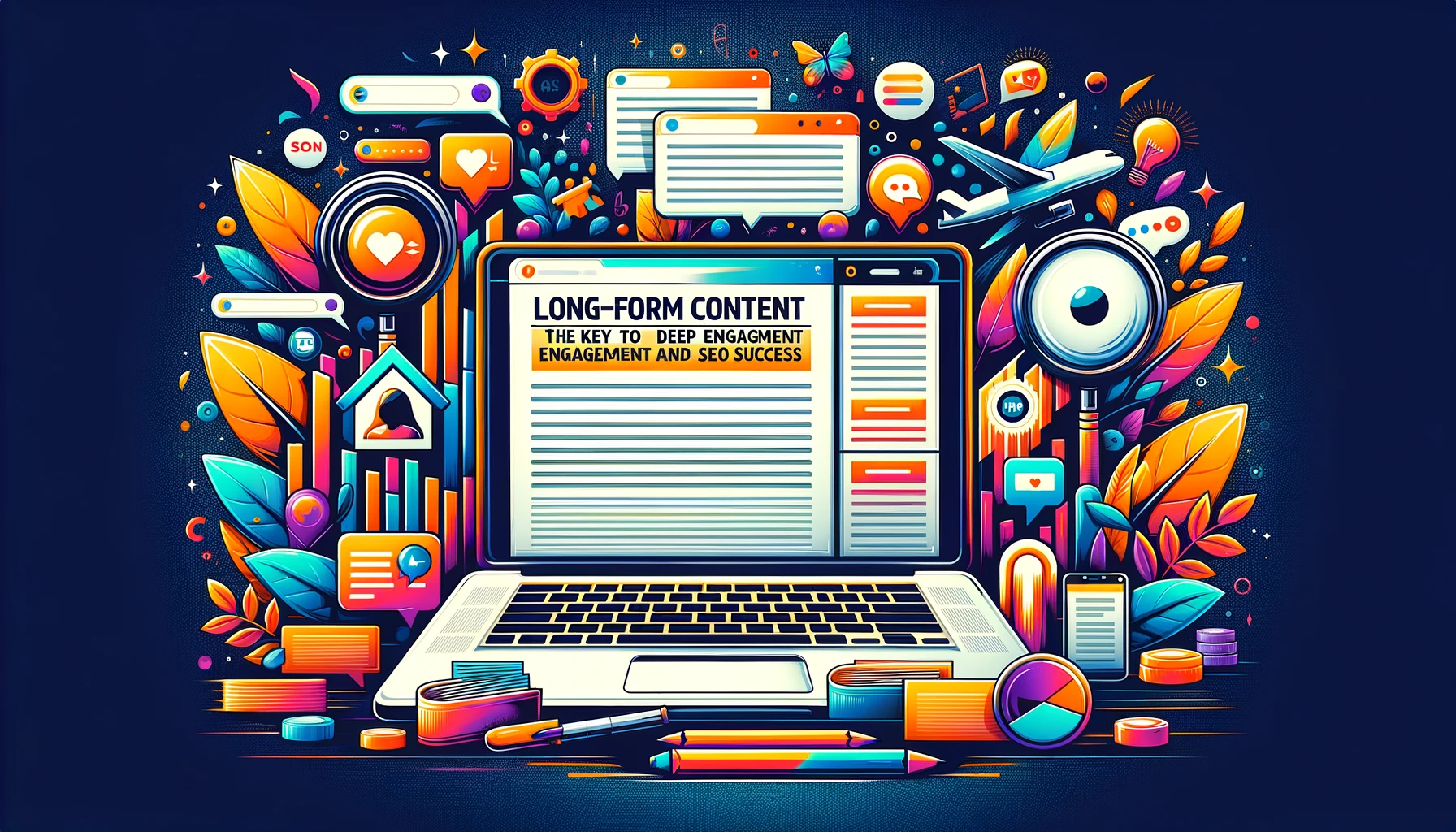
In the realm of content marketing, efficiency and consistency are key to maintaining a strong digital presence. Content templates emerge as a powerful tool in achieving these objectives, providing a predefined structure for creating various types of content. From blog posts to social media updates, templates can significantly streamline your content creation process. This guide explores the benefits of content templates and how to effectively implement them in your content strategy.
The Benefits of Using Content Templates
Content templates offer numerous advantages, including:
- Time Savings: Templates reduce the time spent on content formatting and structure, allowing you to focus more on content quality and creativity.
- Brand Consistency: They ensure that all your content adheres to brand guidelines, maintaining a consistent voice and style across all channels.
- Scalability: With templates, scaling your content production becomes more manageable, enabling you to maintain a steady content output as your business grows.
- Collaboration Enhancement: Templates streamline collaboration among team members by providing clear guidelines and expectations for content creation.
Types of Content Templates
- Blog Post Templates: Structure your articles with predefined sections, headings, and formatting to ensure consistency and improve readability.
- Social Media Post Templates: Create templates for different types of social media posts to maintain visual consistency and brand voice.
- Email Marketing Templates: Use email templates to design engaging newsletters and campaigns that drive open rates and conversions.
- Content Calendar Templates: Plan your content strategy with a content calendar template, keeping track of publishing schedules, content types, and marketing channels.
Implementing Content Templates in Your Workflow
To effectively implement content templates, consider the following steps:
- Identify Your Needs: Assess the types of content you regularly produce and identify where templates could be most beneficial.
- Develop Custom Templates: Create or customize templates that fit your specific content requirements and brand guidelines.
- Train Your Team: Ensure all team members understand how to use the templates and the importance of adhering to them.
- Regularly Review and Update: Templates should evolve with your content strategy and brand. Regularly review and update them to reflect any changes.
Conclusion:
Content templates are a cornerstone of efficient and effective content marketing. By incorporating templates into your content creation process, you can save time, enhance brand consistency, and streamline collaboration. Start leveraging the power of content templates to maximize your content strategy's efficiency and impact.

